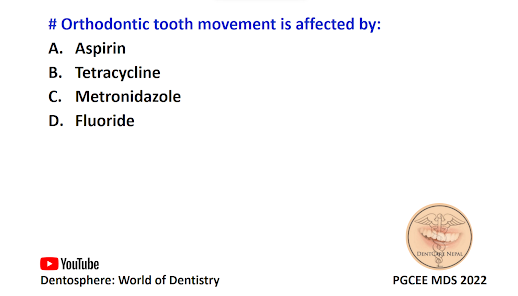# A 5 year old child presents with chronic bed wetting and bilateral loose first molars. His mother says that he wants to drink water several times during night. Which of the following is the most likely diagnosis?
A. Hand Schuller Christian disease
B. Marble bone disease
C. Nieman Pick disease
D. Polyostotic fibrous dysplasia
The correct answer is A. Hand Schuller Christian disease.
Based on the given symptoms, the most likely diagnosis is option A, Hand Schuller Christian disease.
Hand-Schuller-Christian disease (HSC) is a rare type of Langerhans cell histiocytosis, which is characterized by the infiltration and proliferation of Langerhans cells in various tissues of the body. It usually affects children under the age of 5.
The chronic bedwetting and bilateral loose first molars in the child are indicative of bone involvement, which is a common feature of HSC. Additionally, the child's frequent need to drink water during the night may be due to the involvement of the pituitary gland, which can cause diabetes insipidus.
Marble bone disease (option B) and polyostotic fibrous dysplasia (option D) are genetic conditions that affect bone development and are not associated with bedwetting or excessive thirst.
Nieman-Pick disease (option C) is a genetic disorder that affects lipid metabolism and is not associated with the symptoms described in the scenario.







